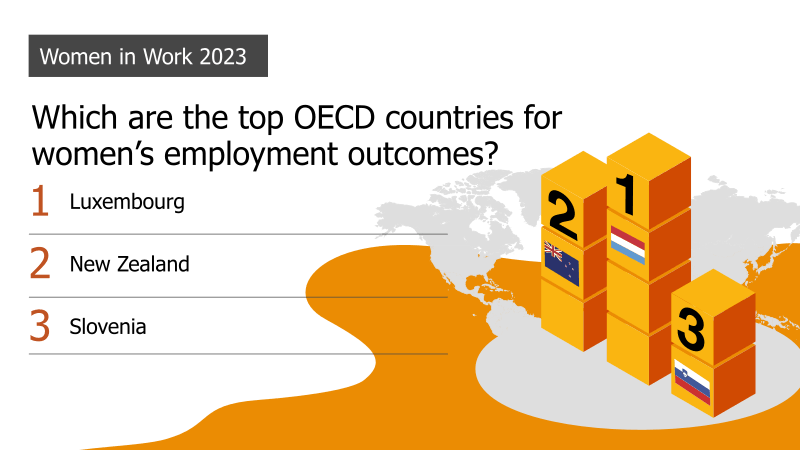The motherhood penalty - the loss in lifetime earnings experienced by women raising children - has become the most significant driver of the gender pay gap. Prompted by the underemployment and slower career progression women experience on returning to work after childbirth, it is perpetuated by the unfair share of childcare women take on in almost every country around the world.
In the UK, the childcare affordability crisis and low take up by fathers of shared parental leave threatens to exacerbate gender inequality, and is pricing a growing number of women out of work. The shared parental leave system was introduced to encourage fathers to take more parental leave. However, it has had very low uptake from families, estimated at just 2-8% in 2019.[1]
Affordable childcare is critical in helping to ease the pressure on mothers and families, and reduce women’s unpaid care load. This needs to be complemented with policy solutions that aim to redistribute unpaid childcare more equally between women and men.Redesigning parental leave policies to support a ‘dual earner-dual carer model’ would help to shift underlying societal attitudes around gender roles and care over time.
Our economic analysis suggests an effective Equal Paid Parental Leave system in the UK would benefit women, as well as men, families, wider society, and employers. We have quantified some of the expected benefits to women and across society of fathers taking more parental leave. Our analysis begins to explore the potential economic and societal return on investment of moving towards a ‘dual-earner dual-carer’ model and a system of Equal Paid Parental Leave in the UK.
Our analysis shows that if fathers took more parental leave, there would be sizable and long-term benefits for women, families and society in the UK.
Explore the key findings from our research within our report below.
You can also explore the Women in Work Index results at a country level using our interactive data tool, to see how OECD countries perform on key metrics measuring women’s employment outcomes.
If you have any questions about our research, please do not hesitate to get in touch.
Women in Work Index: this year’s results
OECD performance: The top three performers this year are Luxembourg, New Zealand and Slovenia.
- Hungary made the greatest improvement in its ranking, rising nine places on the Index from 22nd to 13th place.
- Switzerland reported the largest drop in ranking, falling six places on the Index from 14th to 20th place.

UK performance
The UK fell five places on the Index: from ninth place in 2020, to 14th place in 2021; its Index score decreased by 1.8 points to 69.0. This was predominantly due to a widening gender pay gap and a fall in the female labour force participation rate. The UK remains 3.5 points above the OECD average (65.5 points) on the Index, and it ranks the highest of the G7 economies (Canada, France, Germany, Italy, Japan, the UK, the United States).
Northern Ireland is the highest performing UK region on the Index this year, overtaking the South West which was the top performing region for the three previous years (and now sits in second place, just in front of Scotland). Northern Ireland’s strong performance is largely driven by its small gender pay gap (just 5%), which is a third of the size of the gender pay gap in the UK overall.

Index score and rank
the gender pay gap
employment rates to Swedish levels
Note: The Women in Work Index is a weighted average of five indicators that provide information about women’s labour market outcomes, including the female rate of participation in the labour force, unemployment rates, and gender parity in pay. Download the Technical Appendix for the complete methodology.
Contact us











